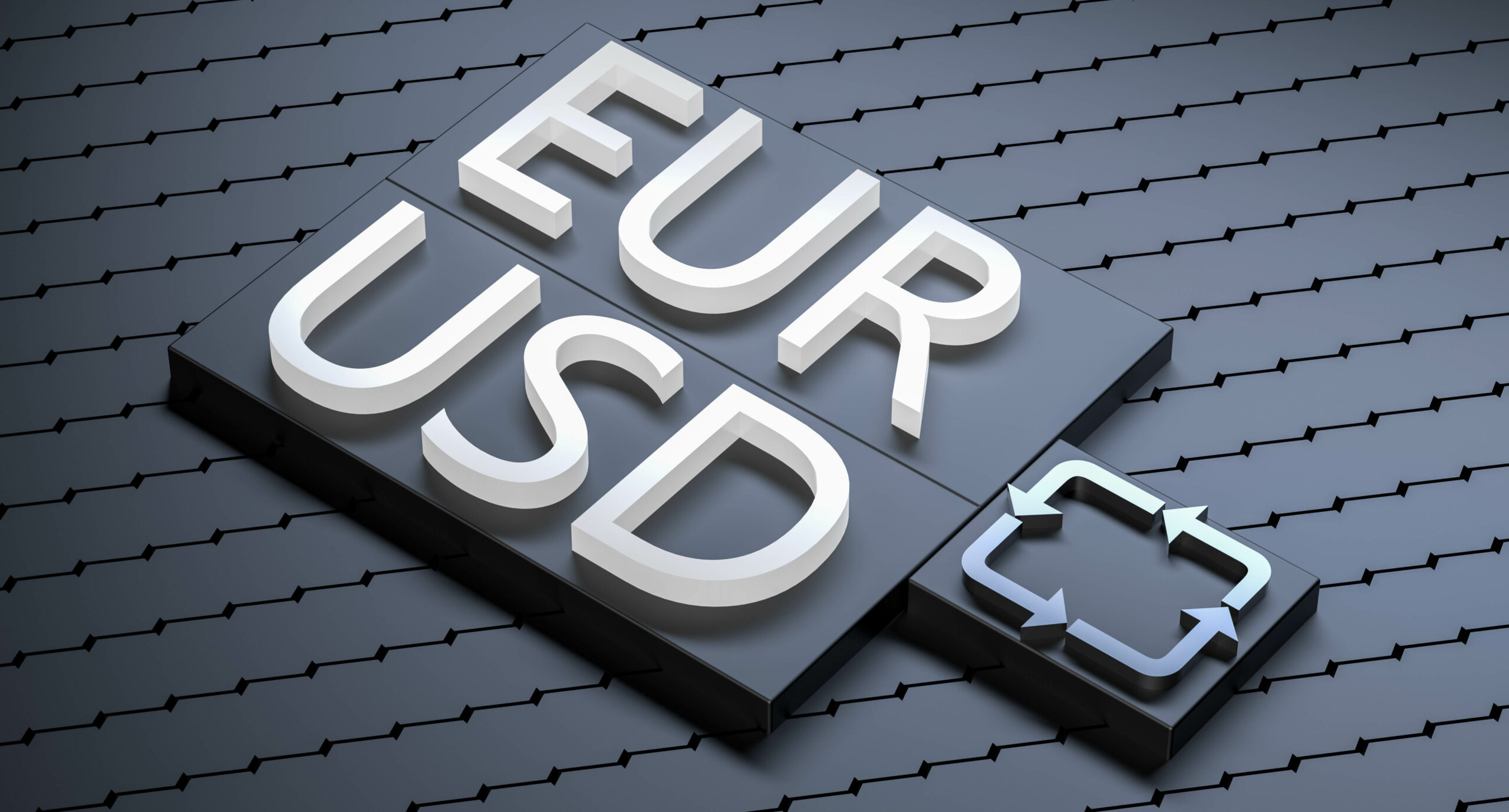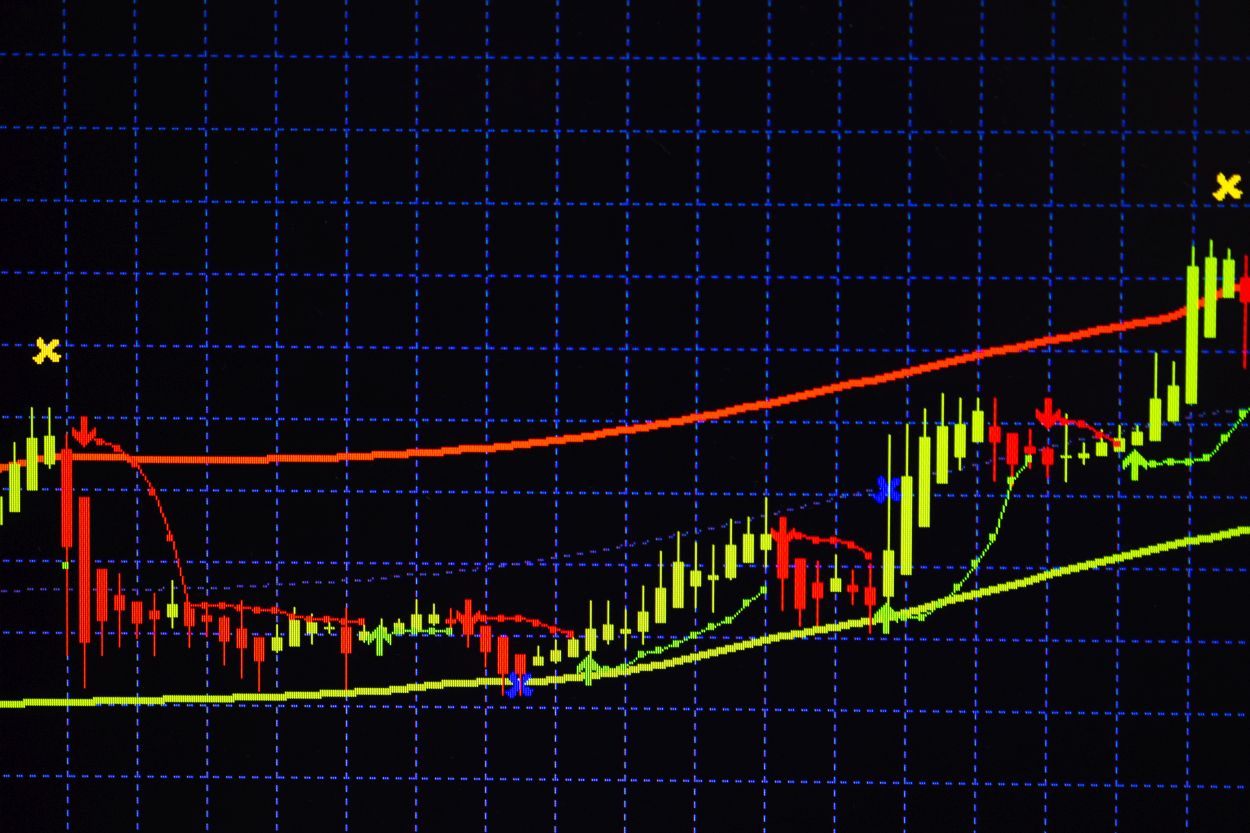Why did the euro fall to parity against the dollar and is this notorious level so important
When the US economy collapsed during the 2008 global financial crisis, one euro was worth about 1.6 times the US dollar. Now, the combination of Europe being at the forefront of the Russian-Ukrainian military conflict and the European Central Bank’s slowness to raise interest rates has resulted in parity, or a 1:1 ratio to the dollar. The euro has fallen to this level for the first time since 2002, during the early years of the currency.
- Why is the euro sinking?
Europe suffers the most from its own sanctions against the Russian Federation, which provoked an energy crisis and could potentially lead to a long and deep recession. This puts the ECB in a quandary as it tries to curb inflation and ease the economic slowdown as it seeks to raise borrowing costs for the first time since 2011. At the same time, the US Federal Reserve is raising interest rates much faster than the eurozone with its 19 countries. This makes the yield on US Treasury bonds higher than on European debt, which encourages investors to move to the dollar and abandon the euro. Moreover, the dollar is benefiting from its safe-haven status, which means that as the military conflict drags on and the consequences worsen, the euro continues to fall. - Why is a weaker currency a problem?
For years, politicians in many countries have welcomed a weakening currency as a means of spurring economic growth because it makes their exports more competitive. But now that eurozone inflation is at its highest level since such records began, its weakness is undesirable, as it drives up prices by making imports more expensive. In June, consumer prices in the euro area jumped by 8.6% compared to last year. Some policymakers stress that a weaker euro is a risk to the central bank’s goal of returning inflation to 2% over the medium term, although the ECB does not target the exchange rate. However, when compared to currencies other than the dollar, the euro appears to be more resilient. - Is the 1:1 level important?
Yes. This is the psychological threshold for the market. The euro first fell to parity with the dollar in December 1999, less than a year after its creation. As now, analysts then pointed to a widening spread between German and US bond yields and stronger economic growth in the US. This was a blow to the pride of the Europeans, who considered the single currency an important political project and a rival to the dominant dollar. Today, the euro is considered one of the world’s key currencies for transactions and reserves, although reaching parity is still symbolic. In financial markets, FX traders are expecting 1:1 turbulence given that billions of euros in options contracts are tied to this thick red line. - Where is the floor?
It is hard to say. Some analysts predicted that the single currency could fall to 90 US cents if Russia exacerbates the crisis by cutting off gas supplies to Europe. Option traders have been betting more around $0.95 since early July, with $0.9850 potentially serving as a short-term bottom, according to trading data from the Depository Trust and Clearing Corporation. Deutsche Bank strategists calculated that a fall to $0.95-$0.97 would be consistent with historical extremes in exchange rates since the end of the so-called Bretton Woods system in 1971, which pegged the value of many currencies to the US dollar. However, according to them, these levels could well be reached in the event of a recession. - What can lead to a turn?
The bottom line is to reduce the difference in interest rates with other global bond markets. By the time the Fed raised interest rates by 150 basis points in just three months, the ECB had yet to take action, keeping its key rate negative. While European rate policymakers have signaled the start of their cycle of raising, including a potential 50 basis point hike in September, doubts are brewing as to how long they can sustain it. It is more difficult for the ECB to raise rates than for other central banks. This is because the cost of borrowing for heavily indebted eurozone countries risks spinning out of control if investors start to doubt their ability to sustain their debt load. Even a hint that politicians are planning to tighten policy faster, than some had expected in June, saw Italian 10-year bond yields rise above 4% for the first time since 2014. Since then, investors have been more or less reassured by promises of a new tool to prevent unwarranted spikes in peripheral bond yields. But if the plan disappoints the markets, they may begin to question how far the ECB can tighten monetary policy. - Is this an existential crisis for the euro?
No, although, in addition to the pressure on its value, the single currency as a concept has faced problems in the past. Since its inception, skeptics have pointed to the difficulty of managing a monetary union of disparate economies. This was most evident during the 2012 eurozone sovereign debt crisis, when investors began avoiding the assets of more heavily indebted countries such as Greece, Italy and Spain. The rise of Eurosceptic politicians in Italy and elsewhere has also raised concerns about the bloc’s sustainability. The turning point came in July 2012, when ECB President Mario Draghi pledged to do „whatever it takes” to keep the single currency alive. However, direct intervention to support the euro in currency markets is rare, even though central banks acted in 2000. - Who benefits from a weaker euro?
More broadly, the weakness of the euro against the dollar is helping European exporters by making their products more competitive and increasing revenues. America accounts for more than 40% of the sales of 70 major European companies, including Sanofi and Aegon NV. It also brings relief to American travelers to Europe, reducing travel costs and helping Americans at home fight their own imported inflation.




